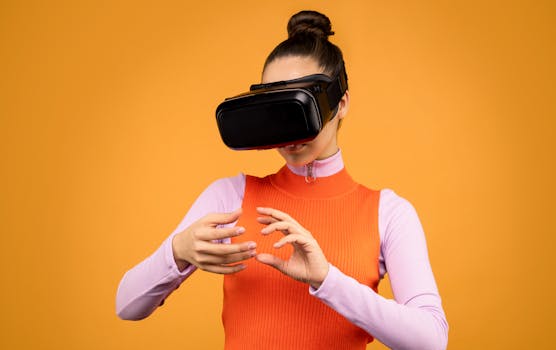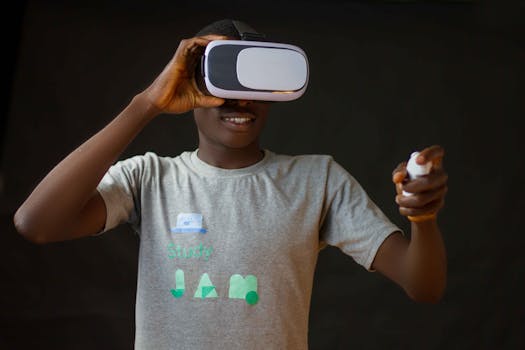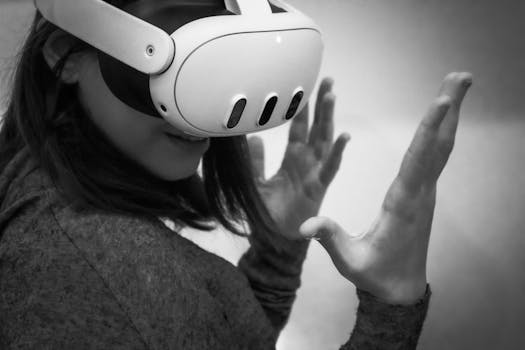
Introduction

The gaming industry is on the cutting edge of technology, with 2025 promising to be an extraordinary year for gamer gadgets. With advancements in virtual reality (VR), augmented reality (AR), and artificial intelligence (AI), the way we play games is set to transform dramatically.
Incredible Virtual Reality Headsets

By 2025, VR headsets will reach new heights in terms of performance and user experience. With features like wireless connectivity, retina resolution pixels, and full-body tracking, players will feel as though they are truly inside their games. Companies are investing heavily in more comfortable designs, lighter materials, and improved battery life, suggesting a shift toward longer gaming sessions without discomfort.
Augmented Reality Gadgets

Alongside VR, AR is poised to revolutionize realities, merging layers of digital gaming elements with the real world. Devices such as AR glasses are expected to become mainstream, allowing players to overlay games on their actual environments while maintaining authenticity.
Imagine battling holographic monsters in your living room or participating in scavenger hunts around your neighborhood, guided by real-time digital overlays that populate your vision. Such technology will not only enhance gaming experiences but also re-engage players with outdoor activities.
The Rise of Gaming Gloves

In terms of input devices, the conventional controllers we know may soon be outdated. The next big trend could be gaming gloves equipped with haptic feedback and motion sensors. These gloves will let players engage naturally with virtual environments, making actions like grabbing, pushing, and throwing much simpler and more intuitive.
This innovation will likely pave the way for more immersive gameplay experiences, particularly in simulation games or VR environments where players want to eliminate the barrier between themselves and the digital realm.
The Influence of AI Technology

AI technology’s growing presence in gaming will lead to more expansive and realistic game worlds. Thanks to machine learning algorithms, game designs can adapt to players’ strategies in real-time, presenting unique challenges and dynamically evolving narratives based on actions and choices made during gameplay. Camera systems that recognize player emotions and adjust gameplay intensity will also create unprecedented depth, thus allowing for personalized gaming experiences.





